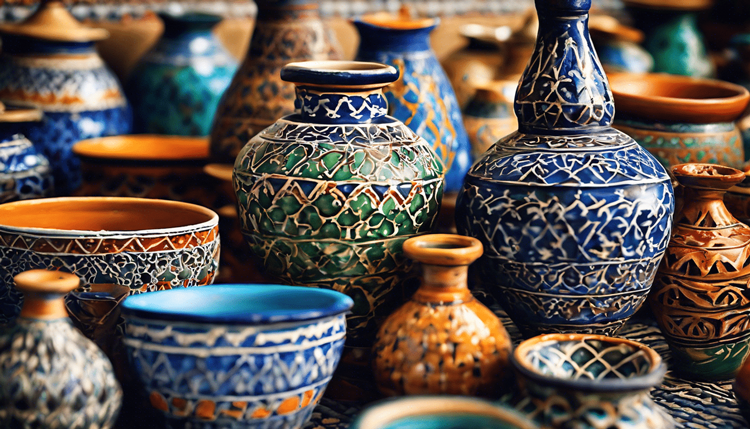Discover the Enduring Beauty of Morroco Ancient Pottery
Morroco ancient pottery is more than just a craft—it’s a living testament to a civilization that has shaped its identity through clay, fire, and tradition. This centuries-old art form weaves together the skills of Berber, Arab, and Andalusian artisans, forming a rich mosaic of cultural expression found across the country’s diverse landscapes. From the bustling souks of Marrakech to the serene workshops of Tamegroute, Morocco’s pottery traditions continue to captivate travelers seeking authentic, meaningful experiences.
For the curious traveler with an eye for history and handmade beauty, exploring Morroco ancient pottery offers an intimate lens into the soul of Moroccan heritage. Whether you’re a collector, a design enthusiast, or simply an adventurous spirit, this journey reveals a hidden narrative etched into every pot, plate, and tile. Here’s how you can experience the depth, artistry, and soul of Moroccan ceramics first-hand.
Need help? Chat with us on WhatsApp now!
1. Discover the Origins of Morroco Ancient Pottery
To understand Morroco ancient pottery, start with its roots. This craft dates back over 6,000 years, long before the country was unified. Early Amazigh (Berber) communities shaped clay with bare hands, sun-dried it, and baked it in open fires. These techniques still survive in rural regions, especially in the Rif Mountains and Atlas foothills.
Tip: Visit local museums in Fes or Rabat for displays of Neolithic-era pottery. Hire a guide to explain the differences between Berber and Arab styles.
2. Visit the Pottery Workshops of Fes and Explore Morroco Ancient Pottery
Fes is a treasure trove of Moroccan ceramics. Known for its distinctive blue, white, and cobalt-glazed pottery, this imperial city offers intimate access to family-run workshops where artisans still use foot-powered wheels and wood-fired kilns.
Walking through the pottery quarter, the scent of fired clay and the rhythmic tapping of zellige tile-makers creates a multisensory experience. You’ll see artisans in long tunics carving geometric designs, just as their ancestors did centuries ago.
Travel Tip: Book a half-day tour that includes a workshop visit and the famous Nejjarine Museum of Wooden Arts & Crafts nearby. Great photo ops and shopping opportunities.
3. Explore the Green Pottery of Tamegroute
Tamegroute, a small village near Zagora in the Draa Valley, is home to Morocco’s iconic green-glazed pottery. This distinct olive-and-jade hue is achieved through a secret mix of copper oxide and clay, fired in ancient underground kilns.
The village is as much a spiritual center as an artisan hub. Pottery here is less decorative, more utilitarian—tagines, bowls, and lanterns—yet each piece carries centuries of wisdom.
Insider Insight: Visit early in the day when kilns are in full fire. Pottery prices are more negotiable here, and proceeds directly support the local community.
4. Experience Pottery and Zellige Workshops in Marrakech
In Marrakech, you can blend creativity with culture. The city offers immersive pottery and zellige mosaic workshops tailored for tourists seeking hands-on learning. Participants shape clay on the wheel, glaze it, and craft mosaic tiles following geometric Islamic patterns.
Workshops are hosted in traditional riads or cooperatives near the medina. They often include Moroccan tea, artisan stories, and take-home pieces.
Luxury Tip: Opt for a private session with a master artisan for a more personalized experience. Ask for bilingual guides if you’re not fluent in French or Arabic.
5. Visit the Borj Belkari Museum in Meknes
If you’re more of a cultural explorer than a hands-on creator, the Borj Belkari Museum of Pottery in Meknes is your spot. Housed in a 17th-century Saadian-era bastion, this museum showcases pottery from pre-Islamic times to the modern day, including glazed ware from Fes, rustic tribal pots, and rare Andalusian ceramics.
Each floor takes you deeper into Morocco’s artistic evolution. Interpretive panels (in English and French) help decode the symbols and techniques unique to different regions.
Planning Tip: Combine your museum visit with a stroll through Meknes’ medina and a wine tasting at nearby Château Roslane, one of Morocco’s premium vineyards.
6. Participate in Pottery Workshops in Safi
Safi, perched on Morocco’s Atlantic coast, is a pottery powerhouse. Its sea-facing kilns have burned for over a thousand years, producing some of the country’s most refined ceramics—often painted in deep blue, emerald, and sun-kissed ochre.
Visitors can join workshops where artisans demonstrate everything from wheel-throwing to intricate painting. Watching clay transform in your hands, surrounded by salty sea air and the sound of gulls, is a meditative joy.
Traveler Tip: Stay at a cliffside riad with ocean views. Don’t miss the National Ceramics Museum, set inside a fortress with panoramic coastal views.
7. Explore the Pottery Traditions of Bhalil
Bhalil is a lesser-known gem in the Sefrou Province, near Fes. This village is famous for its cave dwellings, some still inhabited, and its earthy, reddish pottery made from local clay.
You’ll likely be welcomed into a home studio, where elderly women demonstrate ancient shaping techniques using flat stones and palm fronds. Unlike tourist-heavy spots, Bhalil offers raw authenticity.
Pro Tip: Hire a local guide from Sefrou to bridge the language gap. Buy a few small pieces as souvenirs—they’re unique, rustic, and directly support female artisans.
8. Discover the Pottery of the Rif Mountains
Far from the tourist trail, the Rif Mountains harbor a distinct style of pottery with tribal motifs and symbolic engravings. These regions, especially near Chefchaouen and Al Hoceima, produce terracotta pieces fired in open flames, often decorated with red ochre and natural dyes.
Artisans here don’t produce in volume. Each piece is made to serve, not to sell, making them rare finds for discerning travelers.
Travel Tip: Include a guided hike through a Berber village with a stop at a pottery workshop. It’s a chance to see the broader cultural context—farming, cooking, and community life.
9. Take a Tile-Making Workshop in Casablanca
Though better known for its modern vibes, Casablanca is home to prestigious design studios where you can try your hand at zellige tile-making. These workshops offer insight into how clay tiles are chiseled and assembled into stunning geometric mosaics, seen everywhere from mosques to hammams.
You’ll leave with your own handcrafted tile—a meaningful souvenir of Morocco’s ancient artistry.
Recommendation: Combine a tile-making session with a visit to the Hassan II Mosque, where thousands of zellige tiles form part of the grand decor.
10. Explore the National Museum of Ceramics in Safi
Finish your journey with a deep dive at Safi’s National Museum of Ceramics, located inside a 16th-century Portuguese fortress. This museum houses masterpieces from every major region and historical era, including Islamic-influenced glazed pottery, Berber earthenware, and Andalusian designs.
Walking the ramparts offers sweeping ocean views, and the museum shop is one of the best curated for high-quality, authentic ceramics.
Local Tip: Visit in the late afternoon to avoid crowds and catch golden-hour light on the sea-facing terrace.
Planning Tips for Pottery Lovers Traveling in Morocco
- Best Time to Visit: Spring (March to May) and Fall (September to November) for comfortable temperatures and active artisan workshops.
- Stay Local: Choose riads or eco-lodges that support artisan communities or offer in-house experiences.
- Shop Smart: Always ask if pottery is hand-made. Machine-molded ceramics are cheaper but lack the heritage value.
- Pack with Care: Carry bubble wrap or ask artisans to pack your ceramics well for flights.
- Cultural Etiquette: Greet artisans with respect, ask permission for photos, and show genuine interest—it goes a long way.
Our team is here to assist you. Contact us on WhatsApp for more information.



